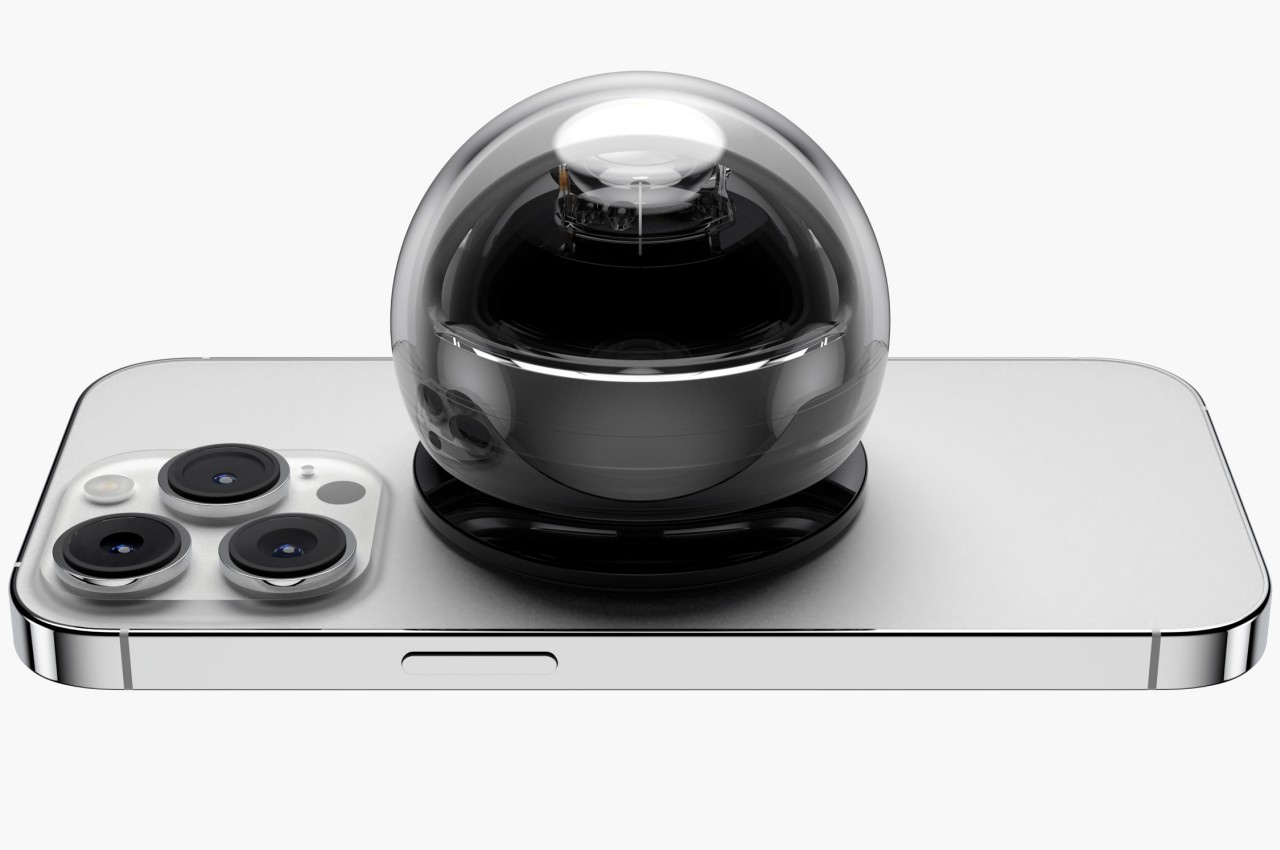
As smartphone cameras get more powerful, the content coming from almost anyone and everyone these days has also increased drastically. Short-form videos, popularized by platforms like TikTok, are all the rage, especially because of their low barriers to entry in both technical requirements and quality. That’s just at the beginning, though, because as more people start doing these short vlogs, their profitability will also increase, and so will expectations of quality. Even now, we are already seeing influencer hopefuls trying to get their game on by attaching their phones to awkward and unsightly sticks. This design concept tries to make a break from those typical phone gimbals and presents an accessory that not only meets the needs of these content creators but also matches their aesthetic tastes and lifestyles.
Designer: Woojin Jang
Gimbals are a staple in photography and cinematography, using a combination of sensors and motors to counteract the effects of movement and jitter, producing clean photos and smooth videos. While the more powerful smartphone cameras today boast of some form of stabilization or another, nothing beats the combination of that stabilizer and a dedicated gimbal. Unfortunately, the handheld gimbals that exist for smartphones today are pretty much like fat sticks of metal or plastic. They’re definitely functional, but they’re also unpleasant to look at, making vloggers and mobile photographers really stand out, and not in a good way.
(Sphere) is an attempt to design a phone accessory that is both functional and fashionable. Instead of a stick that dwarfs the phone that it is supposed to support, it comes as a spherical attachment that magnetically sticks to the back of a phone, staying mostly out of sight. The sphere’s semi-transparent shell gives it a bit of a futuristic flair while also exposing some of its mechanisms to spark some interest. It uses Apple MagSafe technology to accomplish that, though it’s not hard to imagine a future where phones other than the iPhone would have a similar magnetic personality as well.
The gimbal concept is significantly smaller than anything in the market, so it has to make some compromises to maintain its compact form. For example, it doesn’t have its own sensors but instead relies on the iPhone’s gyroscope to get the data necessary to stabilize the phone. It does have a brushless DC (BLDC) motor, though, which is responsible for moving the phone in the opposite direction of the motion to create that stabilizing effect. Thanks to MagSafe and NFC technologies, the (Sphere) doesn’t need to have big and heavy hardware to work, making it simpler and more comfortable to use.
Granted, it might not exactly have the most ergonomic grip, since your hand will be holding a ball directed toward your face. At the same time, not everyone might find that spherical shape to their tastes, though it’s certainly an improvement over thick sticks. At the very least, (Sphere) tries to challenge current handheld gimbal conventions, offering a different way to design a product that caters not just to technical needs but also to the aesthetic tastes of its target audience.